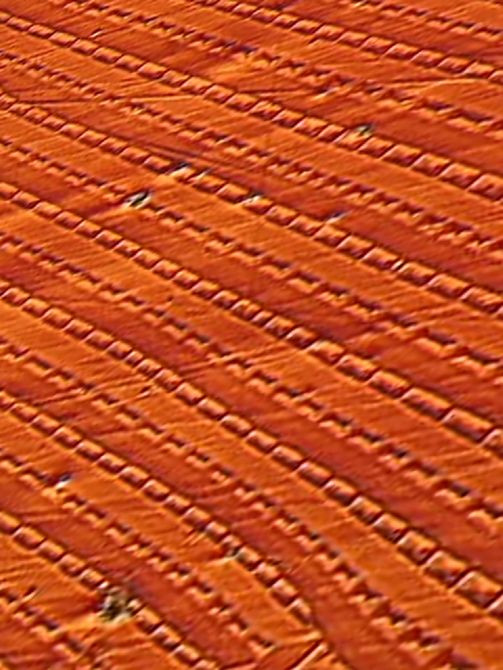New, expanding magnet turns around 175-year-old principle of magnetism

A new class of magnets discovered that swell in volume and generate little heat when placed in a magnetic field could be used to harvest or convert energy efficiently.
Applications range from sensors and actuators for automobiles to biomedical devices, besides defence applications.
Discovered by scientists at the University of Maryland (UMD) and Temple University, the new magnets made from abundant metal alloys could replace the expensive, rare-earth magnets which exhibit poor mechanical properties.

Maryland professor of materials science and engineering Manfred Wuttig, and Harsh Deep Chopra, professor and chair of mechanical engineering at Temple heated certain iron-based alloys (iron-gallium, iron-germanium, and iron-aluminium) in a furnace to approximately 760C for 30 minutes, then quickly cooled them to room temperature.
Once cooled, the new materials demonstrated a property never seen before in magnetic materials – change in volume during magnetisation.
Microscopic cellular-like structures in the new "non-Joulian" magnets are believed to be responsible for its omni-dimensional volume expansion, called non-Joulian magnetostriction.
Magnetostriction was discovered about 175 years ago by physicist James Prescott Joule who saw minute shape distortion in iron-based magnetic materials when placed in a magnetic field.
There was no change in volume.
It was generally accepted that all magnetic materials behaved behaved in the "Joulian" manner.
The new non-Joulian magnets follow a different norm.
An actuator is a type of motor that moves or controls a system by converting energy into motion. Even in two directions they require bulky stacks of magnets that increase size and reduce efficiency.
The new magnets offer a dramatic improvement.
The results of the work are published in the journal Nature.
© Copyright IBTimes 2024. All rights reserved.






